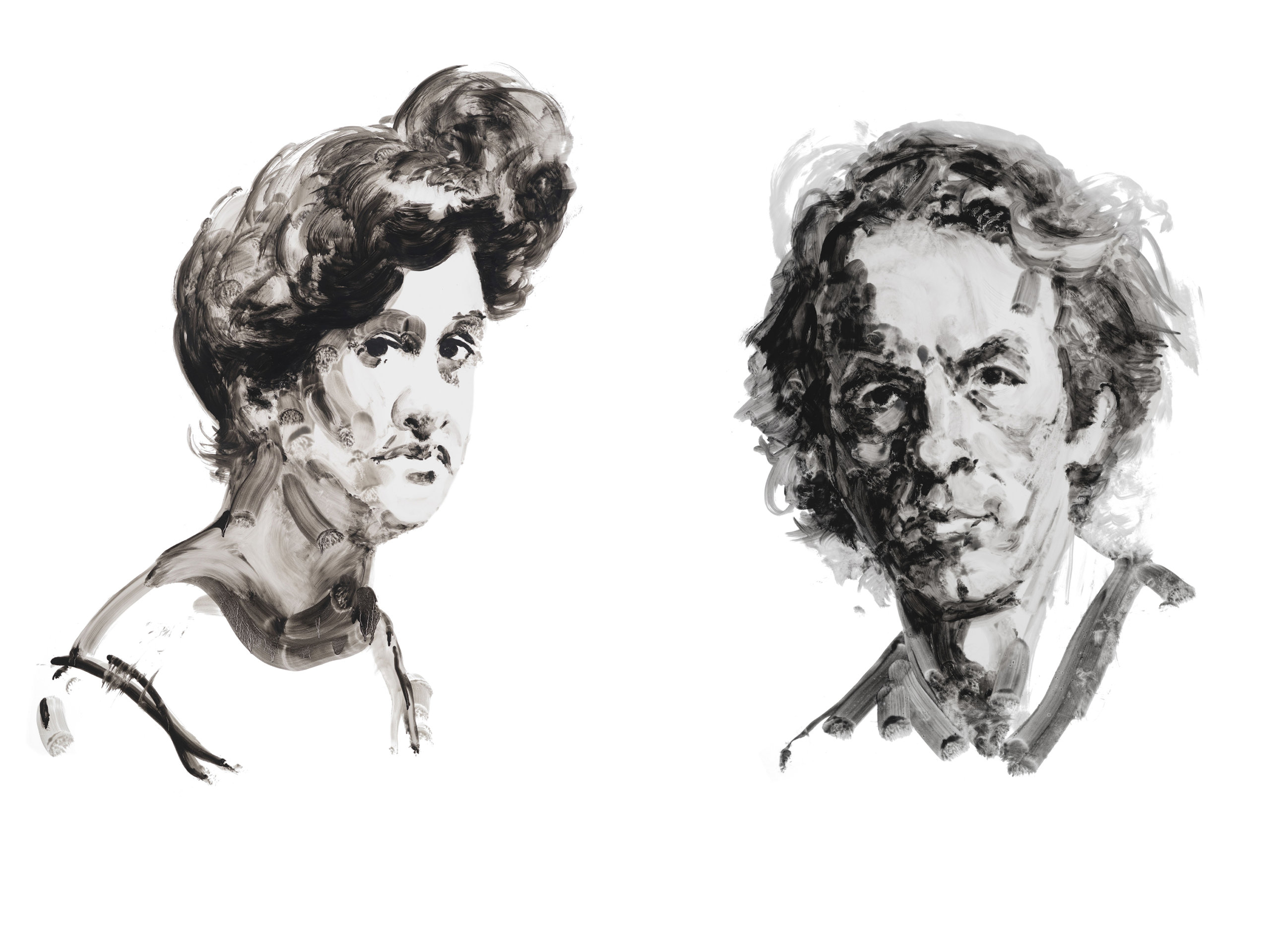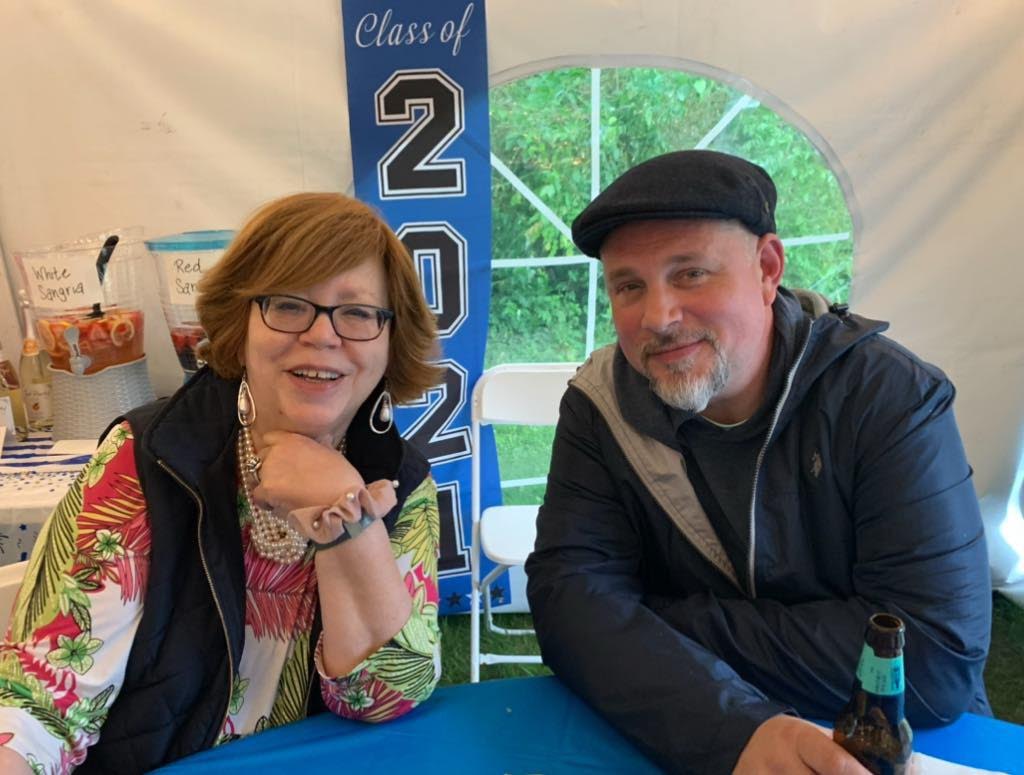Eric Fischl’s Saints of Sag Harbor: A 10-Part Series, Part I

The religious past and the art-as-religion future have intersected within the walls of the Sag Harbor Church, a former house of worship turned cultural hub, with famed artists/activists April Gornik and Eric Fischl as the founders of the movement to create and open the space, and Sara Cochran as executive director.
The soaring Sag Harbor Church is home to 20 windows—the center of each a large square of glass—it is there, explained Fischl while The Church was still undergoing renovations last year, where the “arts saints of Sag Harbor, the dead saints, will be canonized.”
The Church is now complete and prominently displays Fischl’s depictions of the 20 saints. His artistic contribution to the historical narrative of those of who were drawn to the East End by the light and natural beauty as a vortex of creativity shine down from the portals surrounding the space.
Dan’s Papers will spotlight two windows a week for the next 10 weeks, with Fischl’s light-hearted responses when asked the irreverent question, “What would this luminary be the patron saint of, besides Sag Harbor?”
For more information about The Church programs, visit sagharborchurch.org.
Daisy Tapley (1882-1925)
“Daisy Tapley is the saint of Black gay female recording artists, and should be seen as a role model for a life lived in pursuit of self-definition,” says Fischl.
Daisy Tapley was an African-American contralto singer and pianist. A musical prodigy, Tapley (née Robinson) was raised in Chicago where she studied piano and organ with celebrated musicians including Clarence Eddy, Emil Liebling and Pedro Tinsley. After marrying vaudeville musician Henri Green Tapley in 1901, they toured the British Isles. On that tour was a young soprano, Minnie Brown, who eventually became Daisy’s same-sex partner.
While in the United Kingdom, Daisy had the opportunity to meet the eminent Afro-British composer Samuel Coleridge-Taylor, as well as her idol, contralto Dame Clara Ellen Butt. Butt encouraged Daisy to abandon vaudeville and pursue the career she was trained for as a classical musician. Following that advice, Daisy set up a studio in her Harlem apartment and established a thriving music practice where she taught voice and keyboard.
In 1910 Daisy made history by being the first African-American woman to record commercially. Tapley became prominent in many social movements of her time including leading roles in the 1917 NAACP-sponsored Silent March to protest African-American racial violence; the Anti-Lynching movement, and she planned and participated in many fundraising concerts to assist causes which benefitted racial justice. By the early 1920s, she had become New York’s musical maven with a national reputation as a classical performer. She died from ovarian cancer in 1925 and is buried in Sag Harbor, where she kept a summer home.
Spalding Gray (1941–2004)
“Spalding Gray,” says Fischl, “is the saint of the brilliant and deceptively desultory spoken word narrative.”
Gray was an American actor and writer, known for his autobiographical monologues which he wrote and performed for the theater, most notably The Wooster Group, in the 1980s and ’90s.
Gray achieved celebrity status for his monologue Swimming to Cambodia, which was adapted into a film in 1987 by filmmaker Jonathan Demme. Other one-man shows by Gray that were captured on film include Monster in a Box, directed by Nick Broomfield, and Gray’s Anatomy, directed by Steven Soderbergh.
His death in 2004 is widely considered to have been suicide by drowning after Gray leapt from the Staten Island Ferry into the East River. His neurologist, Oliver Sacks, said that he
had more than once spoken of what he called a “creative suicide.” A documentary by Soderbergh, And Everything Is Going Fine, compiled of film and video clips of Gray’s early life and career, was released in 2010.
Gray was deeply enamored of Sag Harbor, and his widow, Kathleen Russo, and his children, still live in the Sag Harbor area.



